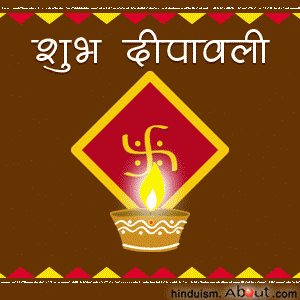
November 2 – Rama Ekadasi Vratam
November 11 – Skanda Shashti Vratam
November 17 - Sabarimala

This is the official blog of www.parihara.com, a unique web portal which offers quality devotional services. Gain rich insights into the divine wealth of Indian Culture by following this blog. Be alerted about forthcoming festivals and pooja offers from Parihara.com. Get interesting titbits which can add great value to you everyday spiritual practices. And much more...


Tharpanam means that offering which satisfies . But what we mean by the word Tharpanam is the offering of water mixed with gingelly to the manes.(dead ancestors). We collect the details about your ancestors and our qualified Vedic priests perform the tharpanam on your behalf in the banks of Rameshwaram for your ancestors, with utmost sincerity on the forth-coming ammavasai date.
Though we have several ancestors, this offering is addressed to three generations of father, grand father and great grand father along with their wives in our family and maternal grand father, his father and grand father along with their wives in our mothers birth family. Only those whose father is dead are eligible to do Tharpanam. If maternal grandfather is alive Tharpanam should not be done for his family but restricted to our family.
As per Vedas, all manes are to live in the Pithru loka for some time and either be reborn as any being or go to lokas like deva loka, Vaikunta etc or even attain salvation by getting mixed with God. The pithru loka is populated by three group of pithru devas viz, Vasu, Rudra and Adhithya. It is believed that these devas receive our oblations and make it reach to our manes wherever they are and in whichever form they are.
The pithru loka is supposed to be on the unseen side of the moon. This portion gets exposed to sun on the new moon days. It is according to our concept lunch time for the people populating the pithru loka. These pithrus, since they have left the world are solely dependent on only their progeny to feed them. This feeding is done through Tharpanam. It is believed that if Tharpanam is not done out Pithru devas will curse us so that we may not have male descendents to offer tharpanam to us.
There are several type of tharpanams: - 1.Gunda tharpanam- the tharpanam, which is done in the first ten days of death. 2.Brahma yagna tharpanam-This is the oblation supposed to be done daily to the devas, rishis and pithrus. 3.Parheni tharpanam- this is the tharpanam, which is supposed to be done on the next day after annual sraaddha. This at present is being done after sraddha on the same day , because the priest does not have time to come the next day. Here the tharpanam is offered only to ones pithru varga (paternal side) 4. The regular tharpanam, which is supposed to be done on all amavasyas. Four Month beginnings viz mesha, karkidaga, thula and makara and eclipses.
Our books have asked us to perform tharpanam on 96 days in a year but this is not being done nowadays. Several acharyas have codified the method of tharpanam. Some of them are Apasthabha, Bodhayana, Drahyayana What is given below is the manthras and method of the Apasthabha sutra.of Yajur veda. There is slight differences in the sankalpam among Iyers and Iyengars.Both versions are given here.It is understood that the tharpanam for Rig vedis is almost similar but that for Sanma Vedis is different.